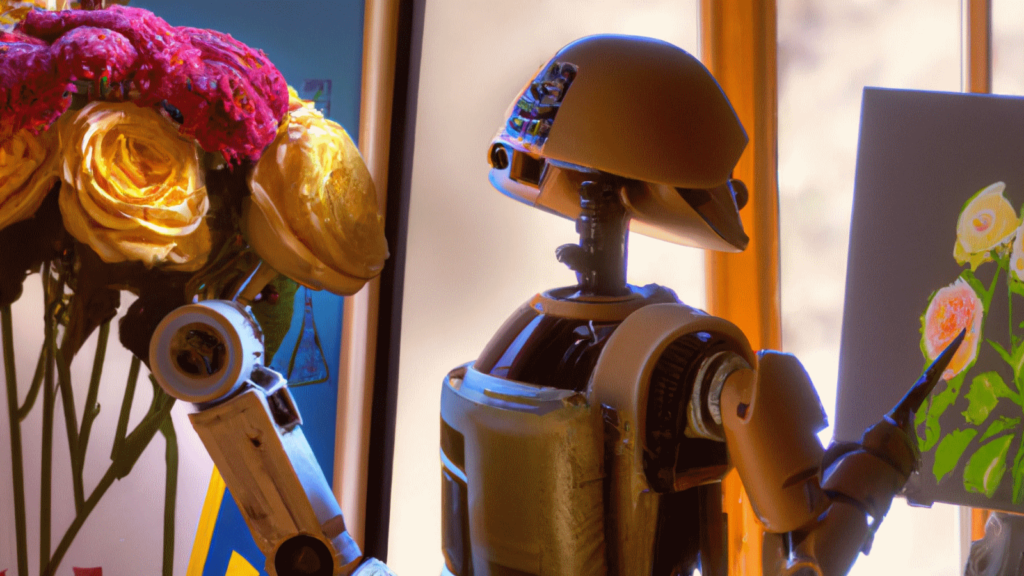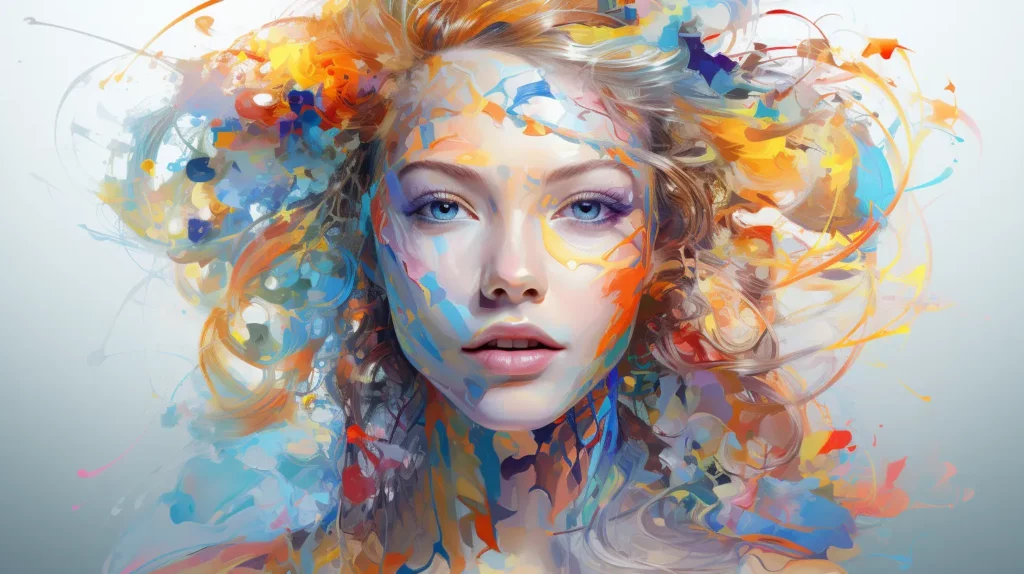Diving into AI Image Generators and redefining the world of Creativity
In our tech-filled world, one of the great advancements is the emergence of AI image generators. These cutting-edge tools have gone beyond the limitations of mere functionality, becoming a center of creative exploration that changes our perspective of imagination and design in our daily lives.
Understanding the Essence of AI Image Generators
AI image generators are the perfect examples of the wonders of technological innovation, becoming friendly with the vast potential of artificial intelligence and machine learning algorithms to create a symphony of creativity. At their heart, these systems move into the detailed world of neural networks, like the digital version of a human brain, to automatically produce beautiful visuals.
Armed with acquired knowledge, these neural networks change into creators themselves. With the help of algorithms, they make images from their digital consciousness. They create a mix of learned styles, patterns, and features, to weave them together producing visuals that possess an unbelievable resemblance to the real-world images.
The Evolutionary Trajectory of AI Image Generation
The journey of AI image generation started with basic pixel manipulation and has since become a sophisticated world which is beyond imagination. Early versions focused on basic image enhancements and style transfers, but recent advancements have led to the creation of highly detailed and realistic images.
Decoding the Mechanism of AI Image Generators
The concept of Generative Adversarial Networks (GANs) is the technology behind these AI Image Generators. GANs consist of two neural networks—the generator and the discriminator—engaged in a continuous, competitive learning process. These neural networks work together to refine and improve the generated images so that they seem almost real. The generator crafts images, aiming to deceive the discriminator into believing they’re authentic, while the discriminator learns to distinguish real from generated images.

Diverse Applications Across Industries
AI image generators have entered various industries, revolutionizing the way we create, design, and innovate.
Art and Design:
These tools act as support for creativity, enabling artists and designers to experiment with new ideas and push the boundaries of traditional artistry by exploring new styles, textures, and visual concepts.
Entertainment:
In film, gaming, and animation, these tools streamline the creation of beautiful visual effects, human like characters, and immersive environments, lifting the overall cinematic and gaming experience.
Fashion and Retail:
In fashion, AI-generated imagery assists in designing apparel, predicting trends, and creating captivating marketing visuals. Additionally, in e-commerce, realistic product images generated by AI enhance the shopping experience.
Medical Imaging:
AI image generators contribute significantly to medical research and diagnostics by aiding in generating detailed and accurate medical imaging, assisting doctors in diagnoses and treatment planning, and helping the doctors in making to understand the human body better.
Ethical Implications and Pivotal Challenges
AI image generators, with their capacity to create hyper-realistic images, start critical discussions on various ethical fronts. One prominent concern revolves around authenticity, as these generators challenge the beauty of real captures. As the fine line between reality and synthetic images fades away significantly, a big doubt is raised on the originality of the images.
This loss of trust not only affects the credibility of the generated images but also affects the broad idea of media and information distribution. Misinformation, already a pressing issue in the digital age, gains an alarming edge with AI-generated visuals. The potential for these tools to produce manipulated or entirely fake visuals escalates the risk of misleading stories and false representations.
Envisioning Future Prospects and Innovations
The future of AI image generation has with limitless potential, revolutionized creative landscapes and technological borders. Researchers and developers stand behind this evolution, loyal to push the boundaries of what AI image generators can achieve.
The trajectory of progress in this field hinges on continuous refinement and innovation. These visionary minds work tirelessly to refine existing systems, working hard to produce more realistic and diverse images. Advancements in key domains such as unsupervised learning and few-shot learning mark significant milestones on the path to enhancing the capabilities of AI image generators.
Unsupervised learning, a cornerstone of AI image generation, propels these systems into the universe of autonomy and self-improvement. By enabling algorithms to learn from unlabeled data, AI systems can glean insights, patterns, and intricacies without explicit human intervention. This fosters a more organic evolution of the generator, allowing it to adapt and evolve based on the sheer wealth of information available, ultimately leading to a more refined output.
In Conclusion
AI image generators show us the technological powers, reshaping creativity across multiple domains. Their ability to create compelling, realistic images is transforming industries, paving the way for innovation and inviting us to re-imagine the possibilities of visual expression. However, as these tools continue to evolve, it becomes important to address the ethical considerations and carefully review the power of transformation.
The convergence of artificial intelligence and image generation has unlocked a world where the limits of imagination are continuously increased, inviting us to witness a future where creativity knows no bounds.



